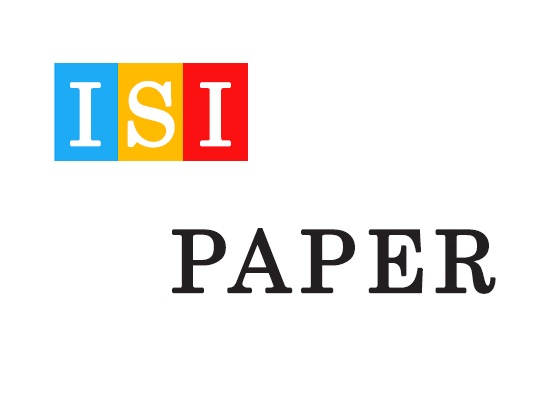دانلود رایگان مقاله ISI درباره میکرو ماشین کاری آلتراسونیک،میکرو کانالها و فرسایش ابزار
دانلود رایکان مقاله انگلیسی ISI با موضوع مطالعات فرسایش ابزار در ساخت میکرو کانال ها در میکرو ماشین کاری آلتراسونیک

عنوان فارسی مقاله:
مطالعات فرسایش ابزار در ساخت میکرو کانال ها در میکرو ماشین کاری آلتراسونیک
عنوان انگلیسی مقاله:
Tool wear studies in fabrication of microchannels in ultrasonic micromachining
دانلود رایگان مقاله ISI با فرمت PDF:
مشاهده توضیحات کامل و خرید ترجمه فارسی با فرمت ورد تایپ شده:
بخشی از مقاله انگلیسی :
4. Results and discussion
A one factor at a time approach was used to study the effect of step feed and abrasive size on the form accuracy of microchannels developed by WC and SS tool. In this study, the channels were machined by using three different abrasive sizes (1800#, 1000# and 800#) along with three different step feeds (5 lm, 10 lm and 15 lm). The experiments were conducted thrice and the mean value is presented in the Table 2. After a depth of 300 lm, the tool profile and form accuracy was observed. The cross sectional views of the developed microchannels using different abrasive sizes are shown in Fig. 2a–f. It was observed that the width of microchannels increased when larger abrasive particles were used. This can be accounted due to the reason that the microchannel width is highly dependent upon the size of the abrasive particles exiting from the lateral gap. Larger the size of abrasive particle, larger will be the width of lateral gap. Hence, larger abrasives cause the microchannel profile to deviate from the intended form accuracy. While USM, the tool face suffers from repetitive compressive stresses. The compressive stresses acting on the tool tip can be accounted due to three main interactions: tool-abrasive slurry, tool-abrasive slurry-workpiece and under extreme circumstances tool-workpiece interaction. As we increase the step feed from 5 lm to 15 lm, the compressive stresses acting on the tool face increase. This shall be due to above mentioned interactions. The kind of interaction exhibited mainly depends upon the depth of material removed on one pass of the tool. The material removal is highly dependent upon the abrasive size being used. Larger abrasive particle size results in larger craters over workpiece. These craters combine to form a new machined layer of definite depth. The depth of machined layer should be sufficient enough to incorporate a fresh laminar layer of abrasives between the working gap. But in case the material removal depth is insufficient than the step feed, the tool may come in contact with the workpiece in next layer. So different step feeds had a different effect on the tool wear and the form accuracy.


